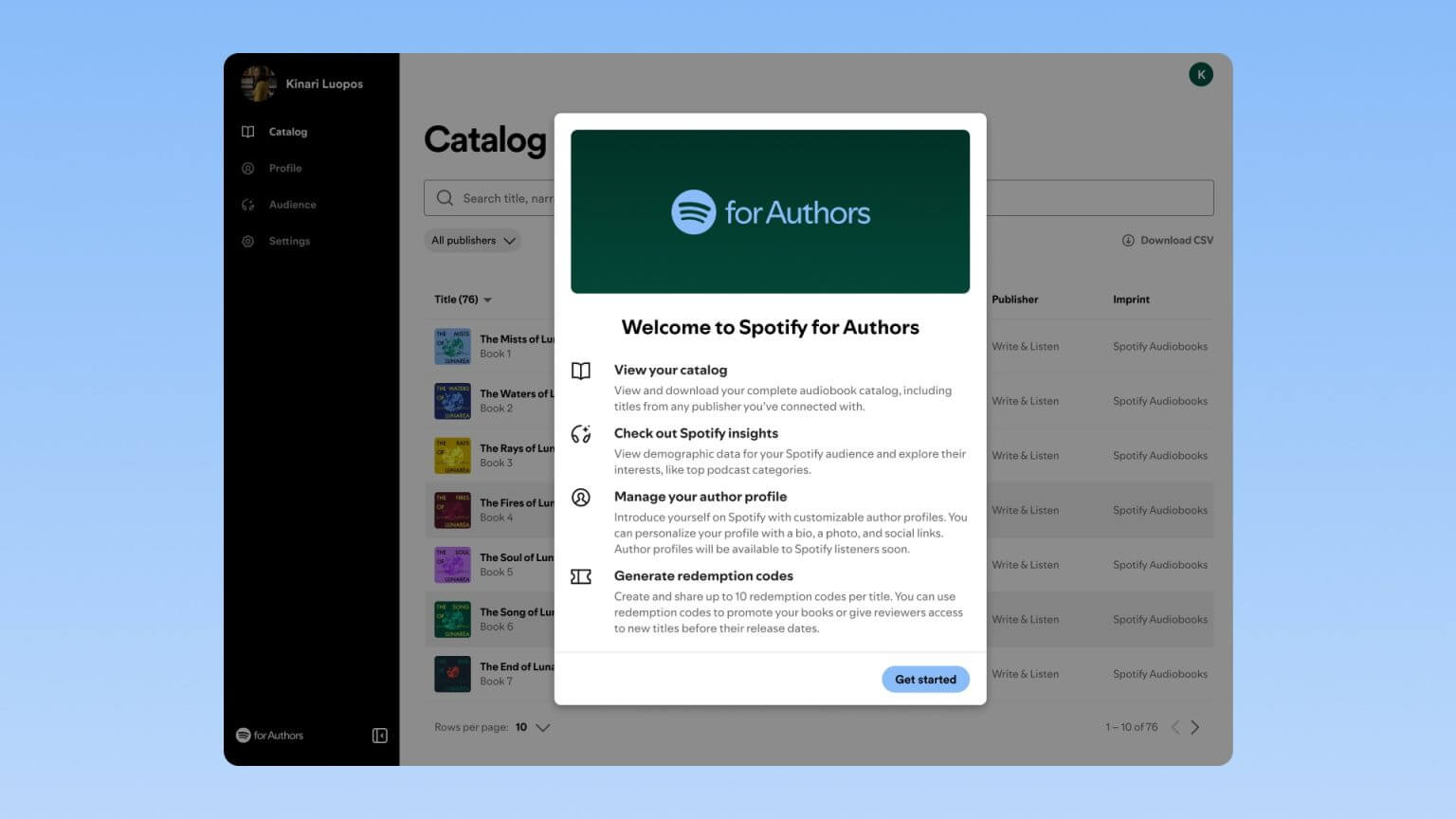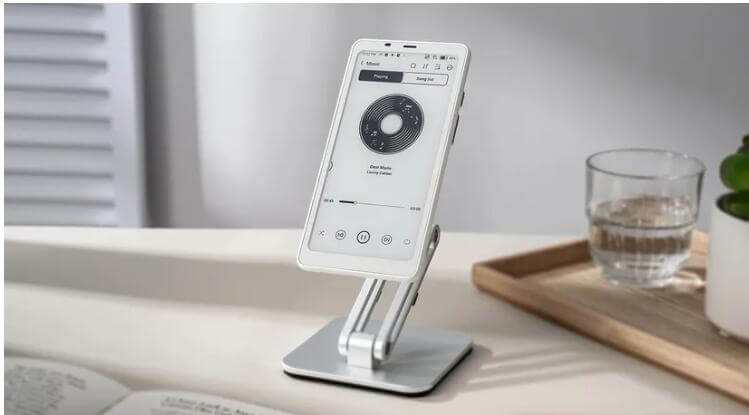The Boox Palma and Palma 2 are handheld e-paper devices that combine the features of an e-reader and a tablet, making them difficult to distinguish from one another. The four main differences between the Palma and Palma 2 allow you to choose confidently, knowing you’ll get a great deal with either device.
The key differences include a $40 price range, added security features, and two power boost upgrades. Both devices are relatively smaller than a smartphone, measuring 6.13 inches, and are designed for mobility and ease of use, featuring touch key functionality right at your fingertips.
With built-in Google Play, you can download various applications to the Palma, enhancing its capabilities like any other tablet. However, these applications are displayed only in black and white. In some ways, this is the most appealing aspect of these devices because it promotes a distraction-free experience. The lack of flashy, colourful icons results in less desire to click on them.
Reviewers have noted that the Palma looks and feels like a smartphone. However, it lacks cellular service. Nonetheless, it can be a suitable replacement with some modifications, an application, and Bluetooth connectivity. Despite the absence of cellular service, its display technology and automatic light sensors offer precise and effortless reading in dark and well-lit environments. The limited application usage saves battery life, making it an ideal mobile device.
I am a loyal Kindle customer at a crossroads this holiday season. I have boldly asked Santa for a Boox Palma2 instead of my new Kindle. This decision was not made lightly; it is based on numerous positive reviews of Boox devices and the convenience of having both a tablet and an e-reader in one that fits nicely in my cross-over pouch. I do not play games or watch videos on my device, but I would like the option to do so when I need a break from reading, writing and researching, which is what I mainly use my devices for.
This sentiment has been echoed by others in recent weeks, prompting me to wonder if the recent Kindle Color Soft debacle has had more of an impact than previously thought. While Kindle quickly addressed the issues, many customers were unsettled by the company’s initial decision to release a device with known problems, hoping no one would notice. Brand loyalty can be fragile, and trust in a brand can easily be damaged by negative reviews.
Although Kindle monopolizes the publishing industry, this will unlikely change anytime soon. However, it’s worth remembering that no one expected BlackBerry’s decline.
Have you switched? What was your experience with both devices? Comment and share your opinion on which device you would put on your wish list this year, and I will provide you with an update in a future blog.
Writing has always been her passion and a voice for those who cannot speak. She considers herself fortunate to write every day and says her mantra is, "I drink coffee, write, and I know about people and technology." Her writing is diverse and can be found online on websites like LifeHack, You Have a Calling, Medium, TechCrunch and, She Knows.


